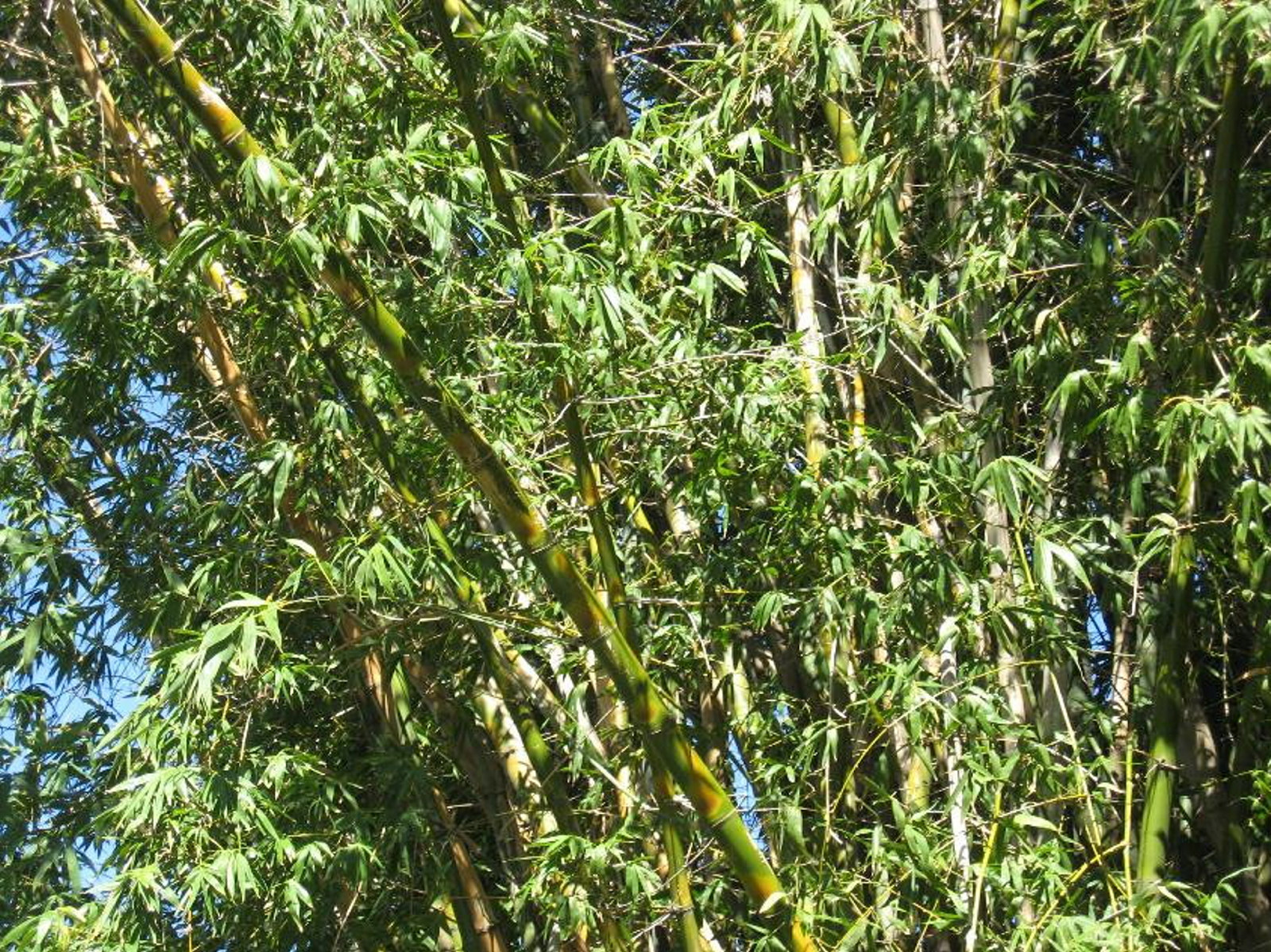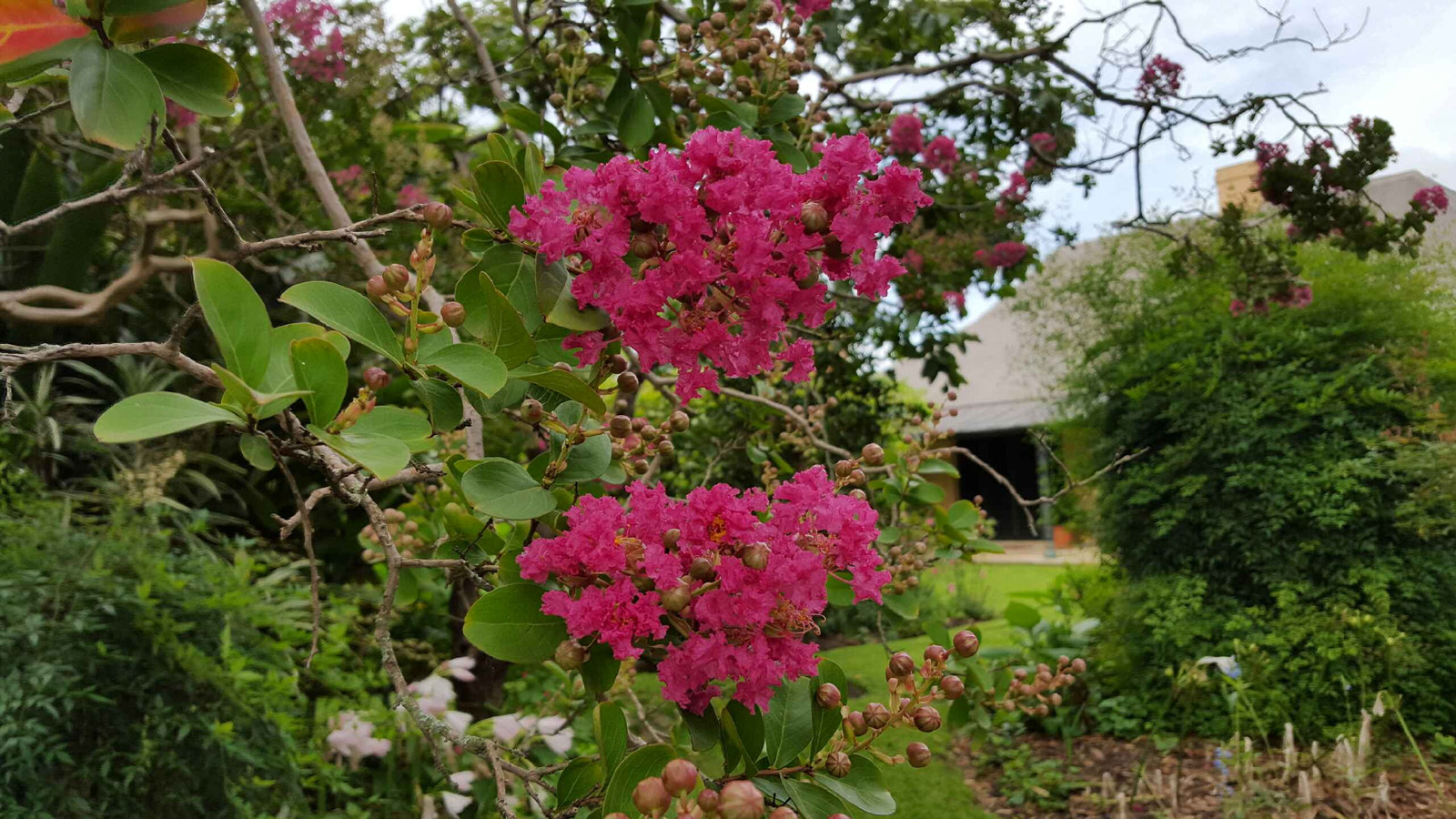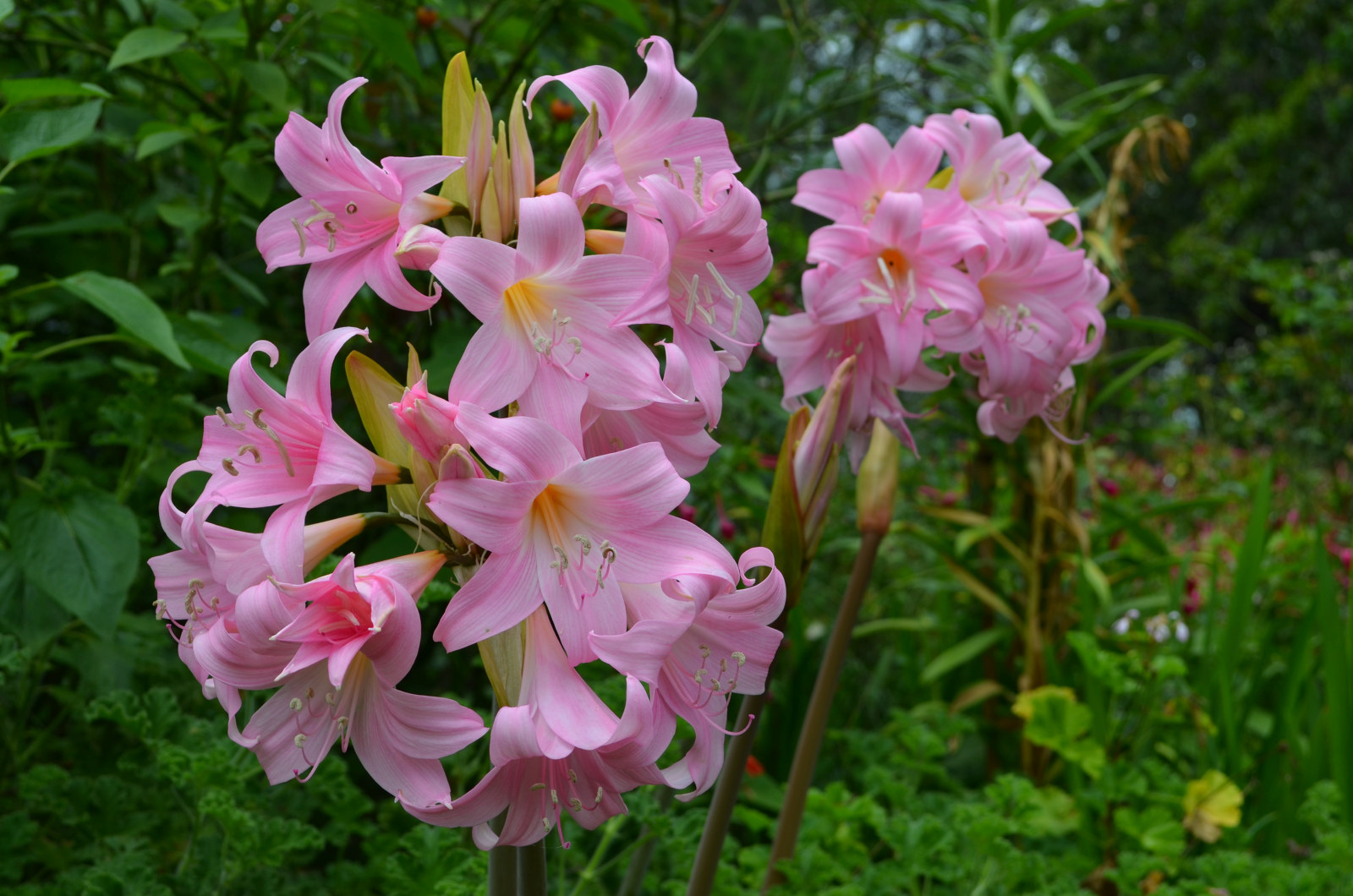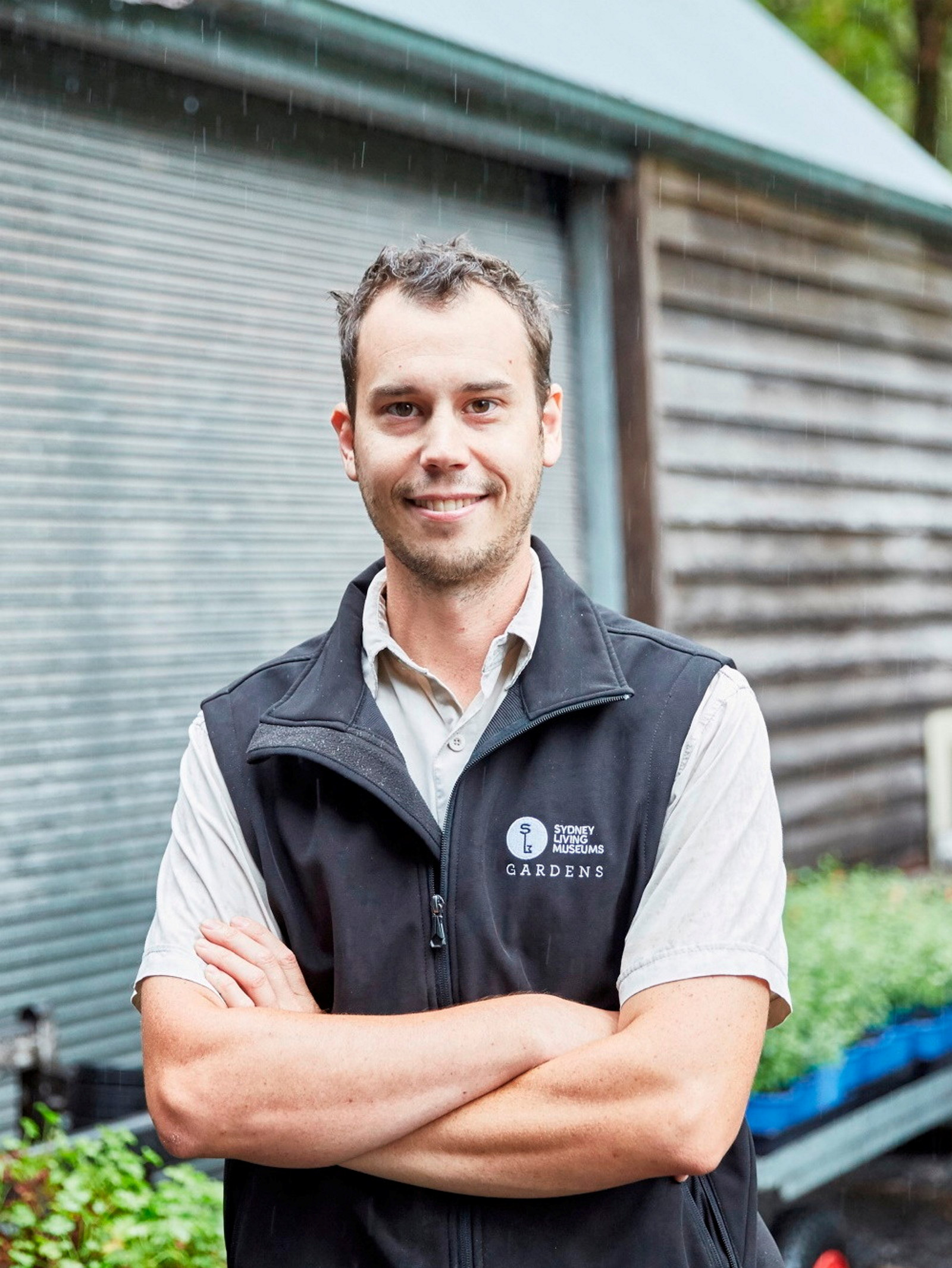Lord Howe Wedding Lily – Dietes robinsoniana
Now flowering at The Mint this little-known species of Dietes is endemic to Lord Howe Island. It features large white flowers and is the tallest of the Dietes genus.
It was introduced to mainland Australia in 1869 by Charles Moore, director of the Sydney Botanic Garden who collected it on Lord Howe Island during a long South Pacific scientific expedition. Moore also collected and introduced the two endemic Lord Howe Island palms, Howea forsteriana and Howea belmoreana.
Although short lived, the flowers on Dietes robinsoniana are spectacular. A sequence of large pure white flowers with yellow markings (nectar guides) toward the centre are produced on a candelabra-like inflorescence that can produce 5-10 flowers; each flower may only stay open for one day.
This is by far my favourite species of Dietes for use in the garden as it does not spread as rapidly as Dietes grandiflora and can reach 1m-2m high.
At The Mint it has been planted in Gardenseque-style as an accent plant in rings around Viburnum tinus where it has been doing well. It seems to prefer full sun as it does not do so well under the shade of the Viburnum. In the wild it grows in large swathes on rocky headlands close to the shore in full sun.
This species may be hard to find as I recall it being a bit of a challenge to find for The Mint, but definitely worth the effort.
Published on
Related
Browse all
Plant your history
Beautiful bountiful bamboo
One of the most recognisable plants growing at Museums of History NSW today is bamboo. This colourful plant has a long history in colonial gardens

In the pink at Elizabeth Farm
Amid the late summer bounty in the garden at Elizabeth Farm, the crepe myrtle is the undoubted star of the show

Plant your history
Sumptuous cape bulbs light up late summer gardens
Belladonna Lilies and Crinum Lilies are tough bulbs that never say die and can survive years of neglect

Plant your history
Acanthus - an apt symbol for The Mint
Look at any classical building today, anywhere in the world and chances are you will find an acanthus leaf lurking somewhere
